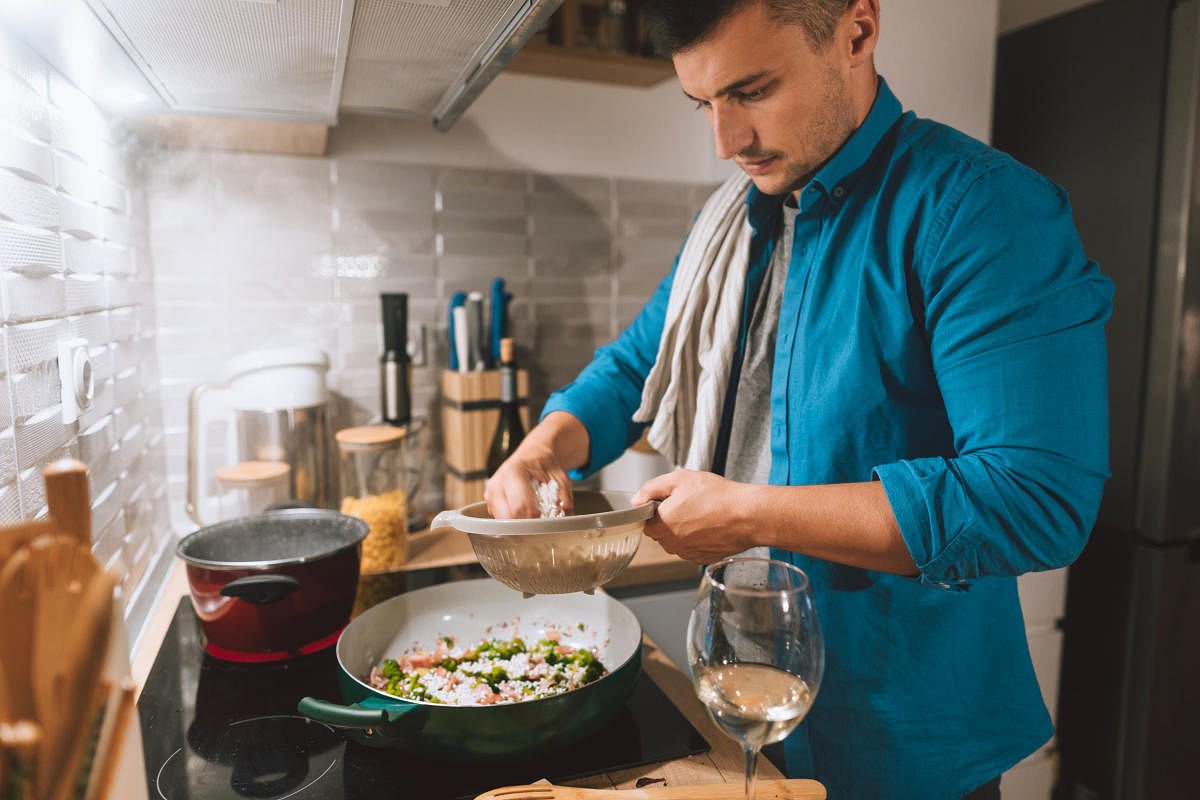
Since the lockdown in March, the rise of home chefs in the city has grown. The closing of restaurants and the pandemic has definitely been a boon for this informal industry.
From making pickles, chutney powders, brunch menus to Friday specials, cooking enthusiasts have embraced their love for the culinary arts and have been turning it into a business. So much so that almost all social media handles or WhatsApp messages have been showing menus of the items they are ready to make. But have they really been that successful? If so, what’s their formula?
“To be honest, it’s a great time for home chefs to show their skills but many don’t realise that they don’t have to be like a restaurant and people don’t expect them to be either,” says Gautam Krishnakutty, owner of popular restaurants Cafe Thulp and The Smoke Co which closed down last year. Since then, Gautam has been making products at home and selling it at a small scale to his followers on social media. “My focus is to sell products now instead of being behind the kitchen at a restaurant. I have to admit that it does help me pay some of the bills but not all. However, home chefs trying to fill that void is where the problem arises,” he explains.
Food prepared by home cooks aren’t meant to be of restaurant quality, he says. “People don’t expect it to be polished. That rustic feel and sloppy presentation without a label are fine. So the fancier you try to make it, the expensive it could turn out to be and people may not buy it,” Gautam adds. Conosh, a community dining space, used to see home cooks host food lovers at their homes. Since that hasn’t happened because of the pandemic, they have shifted the focus to delivering the food to fellow food lovers. Co-founder Anshumala Srivastava says, “We try our best to explain the right way to price a product which can benefit both them and customers. However, we have heard from customers who say that they don’t want to order because of how expensive it is.”
She explains the curiosity of home-cooked food doesn’t last as much as it’s talked about. “There are many factors here. First, when you’re ordering from a home chef, you have to pre-book it — perhaps a day or two in advance. Secondly, it can be heavy on your pocket because of the work and quality the food has. Third, people may initially buy it because of the curiosity, but they may not come back again,” she says.
Home cooks don’t take more than 15 to 20 orders either because they don’t have the bandwidth to do it.
So at a time like now when people are worried about dining at a restaurant, will home chefs take over? Anshumala doesn’t feel it will. “I think at the end of the day people want to go out there for the experience. The home chefs can probably give you better quality food but it’s not going to be the same as the service a restaurant can provide. Having said that, till things do pick up, it may just be the time for home chefs to shine,” she explains. Deepika Singhania, content writer, agrees with Anshumala.
She says, “It’s good to order from home than a restaurant because the number of people involved is less, and most importantly, the food will be tasty. But I miss restaurant food for its pricing and frequency. You don’t always know if you will have the time to cook when work is hectic. Since homechefs require prior notice, I have to order from a restaurant, which scares me right now.”
Association for home chefs
Gautam Krishnakutty feels it’ll be a good idea to form an association for home chefs like restaurants do. “Perhaps a better structure to it can help home chefs understand pricing and packaging better. It can also help have a directory of sorts for home chefs.”